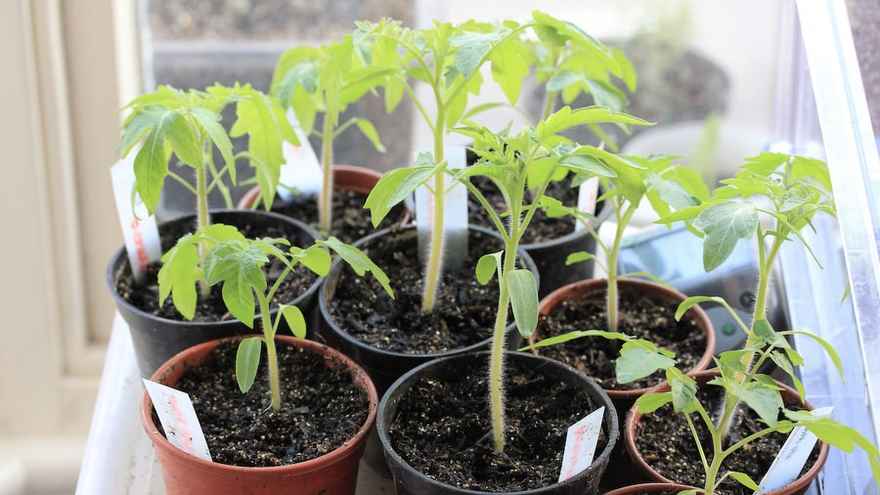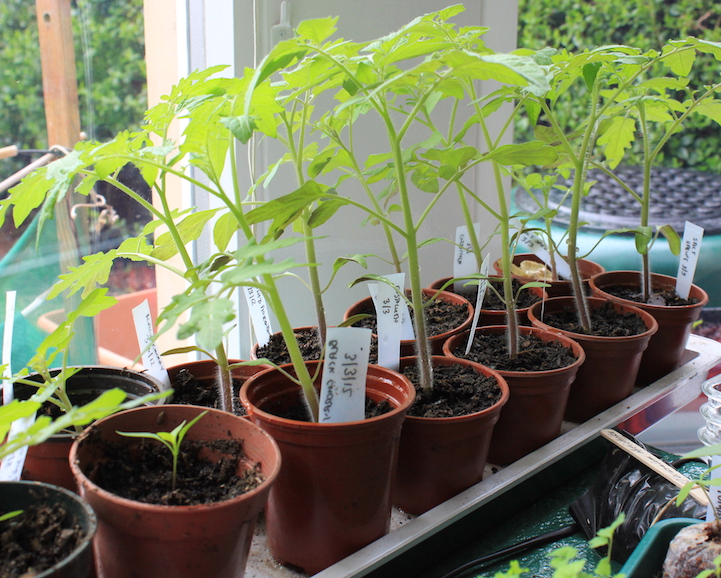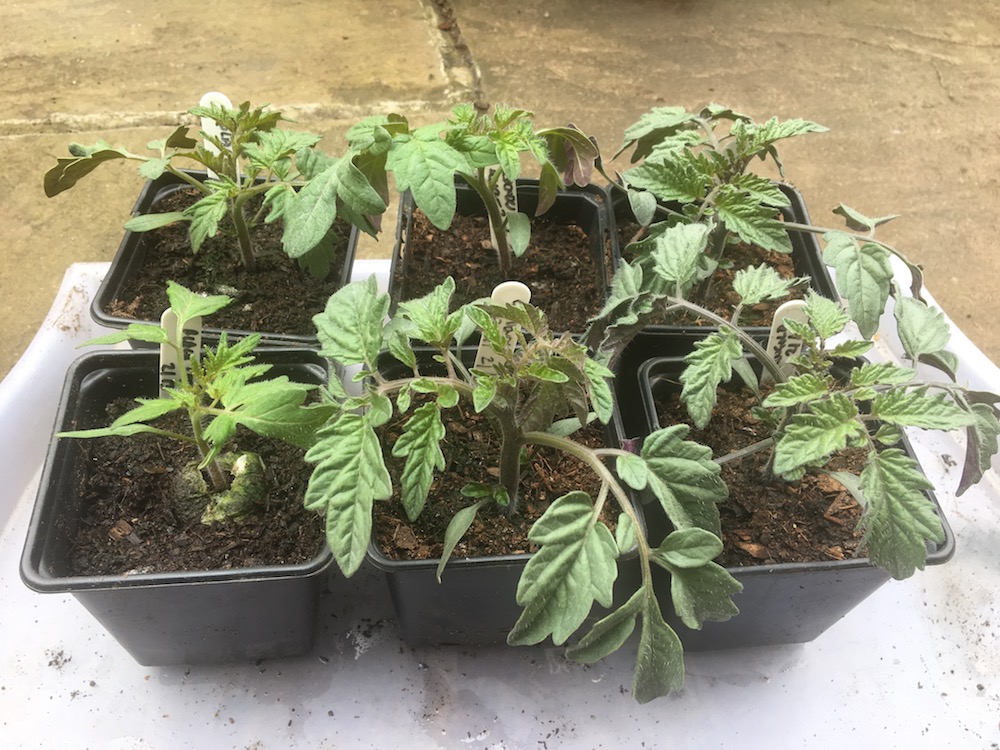How to raise healthy seedlings inside

If you've tried growing seeds on a window sill inside, you might have found that they are prone to grow thin and leggy. It's a common challenge for many of us growing in small spaces. Why is this an issue? Healthy, sturdy seedlings raised in good light are more likely to grow into strong and healthy plants. Whereas, weak seedlings are more prone to grow into weak plants or their thin stems are more likely to snap. So it’s worth trying to grow the healthiest seedlings you can. Seedlings need really good light levels to grow strong. However light levels inside are invariably much lower than outside (our eyes are so good at adjusting it’s not always easy to notice this). Even seedlings on a bright windowsill will receive a fraction of the light they would outside. This challenge is compounded early in the year by the short day length and low light levels. And even further by the fact that the warmer it is, the more light seedlings need. Modern central heating means many homes are warmer than in the past - and seedlings need more light.

The stems of these tomatoes are a bit tall and thin and the leaves should be greener. But they will probably come round and grow OK. With more light they could have grown into stronger, healthier seedlings.
Four ways to raise healthy seedlings inside
If light in your home is marginal (and in many homes it is), here are some ways you can improve it to grow stronger seedlings.
1. Reflect light
Put something reflective - like white card - behind the seedlings to bounce light back on to them. This won’t usually completely solve the problem but every bit of extra light will help.
2. Move seedlings outside on warm days
On warmer (not too windy) days, move your seedlings outside for a few hours. They will love the extra light - and, in my experience, this can make a dramatic improvement to their health. It will also help them adapt to outside conditions. Avoid putting baby seedlings outside on windy days (they hate wind until they have adapted to it) or give them some wind protection. A simple way to do this is to use a propagator lid (a plastic lid that fits on top of the seed tray) or construct a DIY shelter from plastic sheeting or similar. Avoid moving them out on cooler days. For sub-tropical plants like chillies and tomatoes it’s best if the outdoor temperature is 10 degrees centigrade (50 Farenheit) or more. However, if it is sunny and the plants are well sheltered, slightly lower temperatures for short times can be beneficial. Above all, remember to bring them in again before nightfall. I often set an alarm to remind me :) This technique works particularly well a bit later in spring (April and May) when days are longer and warmer. But unseasonably warm days are not uncommon in February and early March. Keep an eye on the weather forecast and put your plants outside for a few hours whenever you can.
 Compare these to the image above. The stems are shorter and thicker and the leaves are greener. These were started under a grow light and then moved outside regularly on warm days.
Compare these to the image above. The stems are shorter and thicker and the leaves are greener. These were started under a grow light and then moved outside regularly on warm days.
3. Use a mini greenhouse or cold frame.
A small greenhouse will not be warm enough to start the seeds of tender plants, like chillies, outside in February or March. But it can be a good option for growing healthy seedlings like squash, later in the spring (late April /May), just bringing them inside if frost is predicted. You can also move plants outside into a coldframe or greenhouse a few weeks before you would move them outside. So, if you have space, a coldframe or greenhouse is useful to help raise healthy plants. You can buy one or build your own from reclaimed materials. One of my best ever skip finds was the perspex lid in photo below.

A homemade cold frame. This has salads growing in it, but I also put seedlings in pots in it in March and April. They get the benefit of the outside light but shelter from the winds. I bring them in at night and in cold weather.
4. Get a grow light.
Advances in LED technology means that good quality grow lights are more efficient and affordable than they used to be. If you want to raise strong, healthy seedlings early in the season when light levels are low (February and March), they can be an excellent investment. Certainly, an invaluable tool for keen chilli growers! Although we have a south facing window, light levels are still marginal for seedlings inside in February and March. Getting a grow light has transformed my ability to raise strong healthy chilli and tomato seedlings early in the year.
Other options
Try to grow the strongest, sturdiest seedlings you can. But if they still grow weak and spindly, don’t give up on them. Plants that get off to a poor start can be a bit like children who get a difficult start in life: some continue to go downhill, while others will, with careful nurturing, do great. When you repot a plant with a thin, spindly stem, bury some of the thin stem under compost. This helps to sturdy the plant. The other option is simply to buy your chilli and tomato plants later in the year. Sometimes this is the easiest and best solution, particularly if you lack space and time. If buying plants, the key is to find a good supplier. Some community growing projects raise tomatoes in greenhouses and then sell them at community plant sales - a great option if you can find one.
Your Turn
What's your experience of raising seedlings inside your home? I'd love to learn about your challenges and what works for you in the comments.

18 comments
Leave a comment